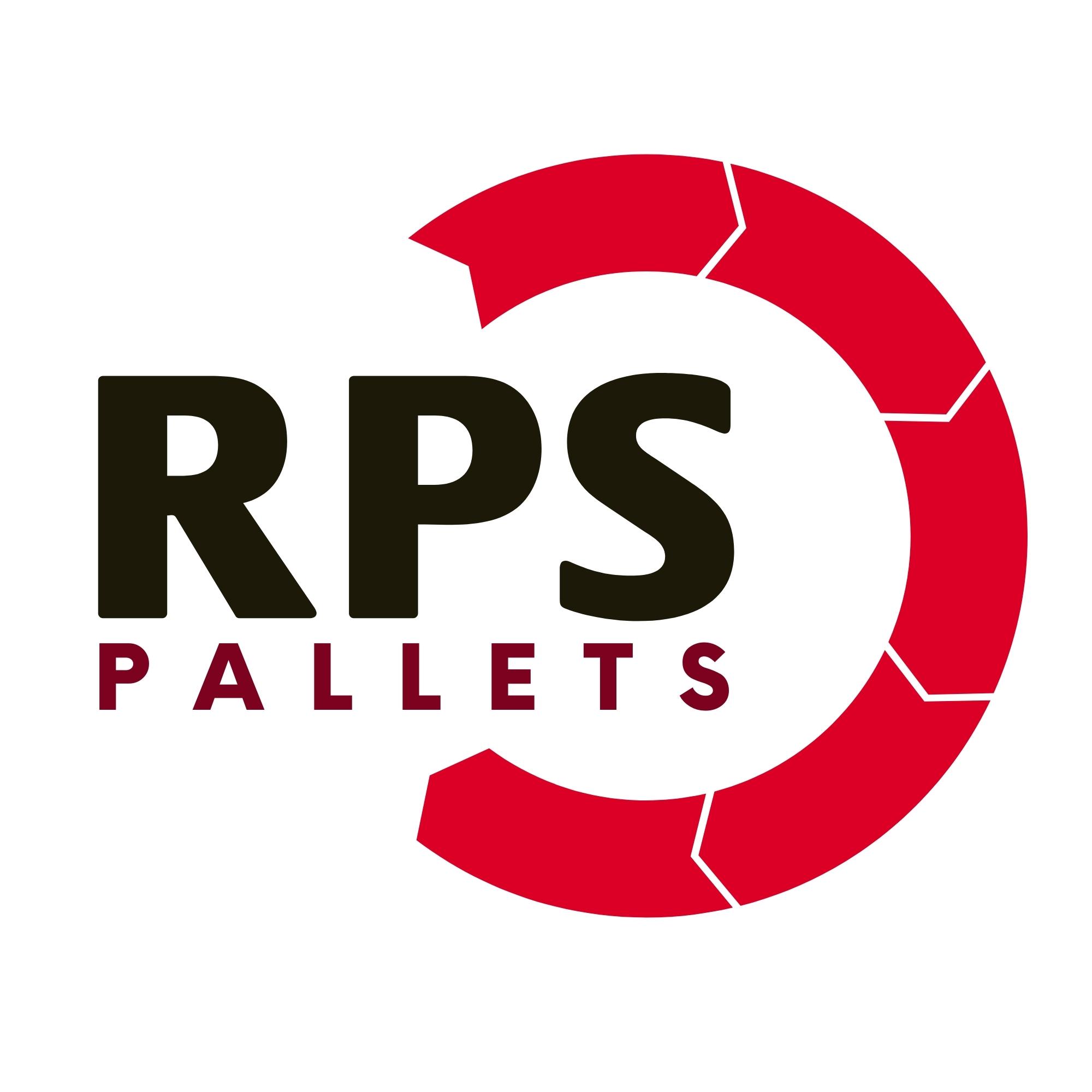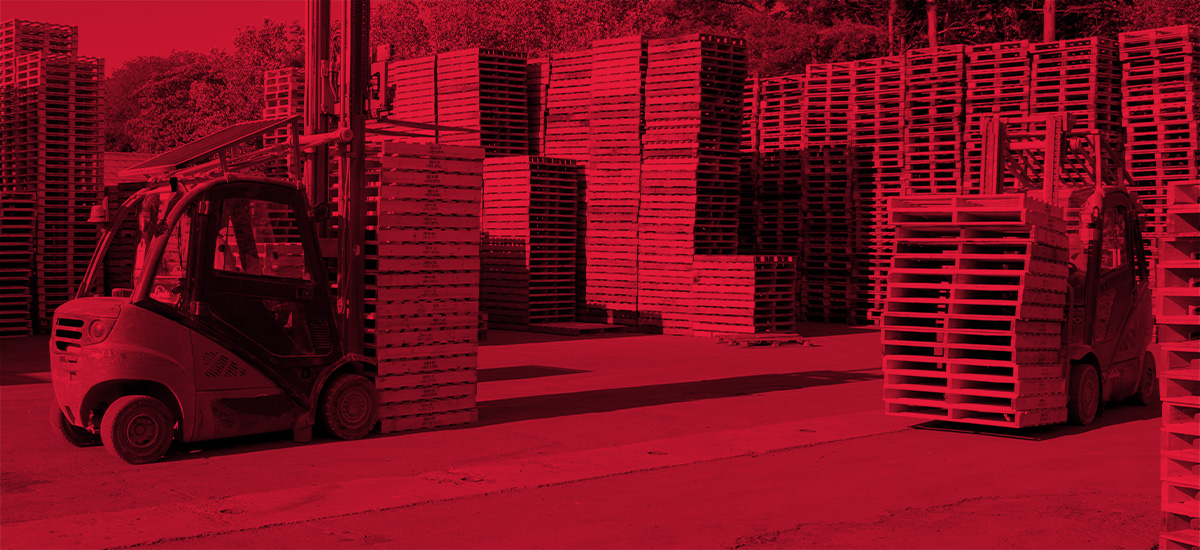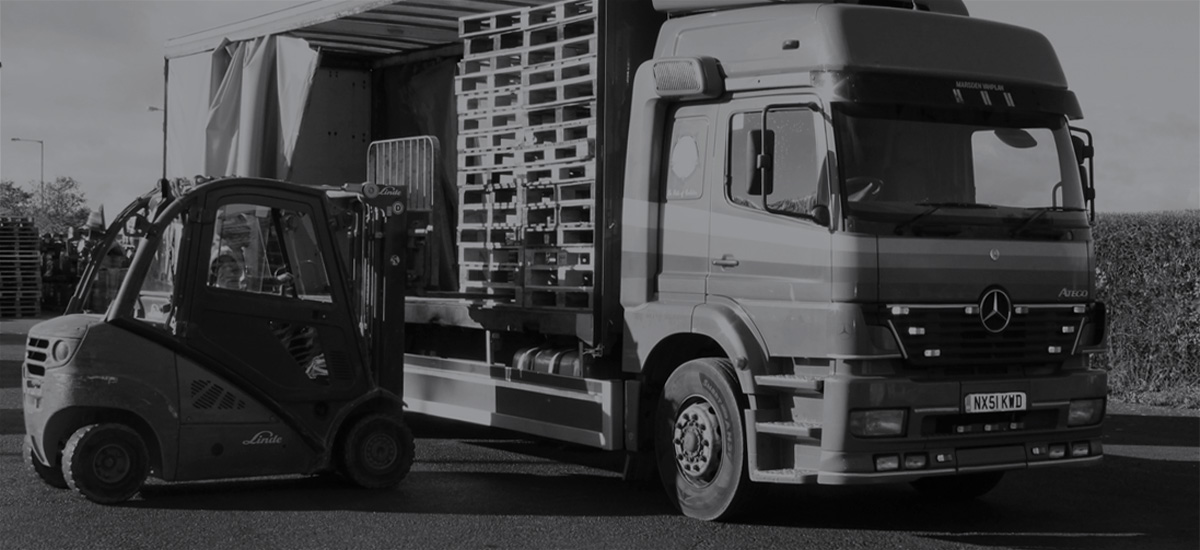Waste legislation is constantly changing and it’s crucial we keep up in order to assess and classify waste appropriately. The Environment Agency has introduced WM3 - a revised version of WM2 which was introduced last year to manage the way businesses handle hazardous packaging waste.
Here at RPS, we’ve gathered the vital information you need to know…
What’s changed?
The main difference between WM2 and WM3 are the thresholds of hazardous packaging and changes from Hazard (H) codes to Hazardous Property (HP) codes. HP codes are used to identify if the waste is hazardous and determines how to correctly dispose of it.
What does that mean for my business?
It’s crucial your team knows about the legislation update as hazardous products you work with will have moved from H codes to HP codes.
The government has created a technical manual which provides in-depth information on how to classify waste, according to WM3. Anyone involved in producing, managing and / or regulating waste should read this in detail: https://www.gov.uk/government/publications/waste-classification-technical-guidance
In short, these guidelines suggest that all companies should take several steps to assess and classify waste, for example:
To classify waste:
- Check if the waste needs to be classified.
- Identify the code that may apply to the waste.
- Identify the assessment needed to select the correct code.
- Determine the chemical composition of the waste.
- Identify if the substances in the waste are ’hazardous substances’ or ’Persistent Organic Pollutants’.
- Assess the hazardous properties of the waste.
- Assign the classification code and describe the classification code.
If you dispose of hazardous waste illegally then you will be subject to large financial penalties.
What is the general census?
Governing officials held a meeting to discuss WM3 with industry leaders. Of course there were those who feel there are better ways to classify hazardous properties, but overall the response was and continues to be fairly positive.
What do we want for legislation in the future?
Our business revolves around the idea of a circular economy and one of our main services is to make used pallets reusable – simply, for example, by replacing a board. Therefore our pet hate (we guess you could call it) is that the definition of ‘reuse’ is not yet classed as non-waste when any repair activities are applied. However, the direct reuse of packaging without repair (even allowing some degree of cleaning) can be outside the classification of ‘waste’ and this is currently a topic under discussion between the EA and the Industrial Packaging Association.
We’re interested to know your thoughts too and what you’d like as legislation moving forward. Tweet us @RPS_Limited or email tom@rpsltd.com







